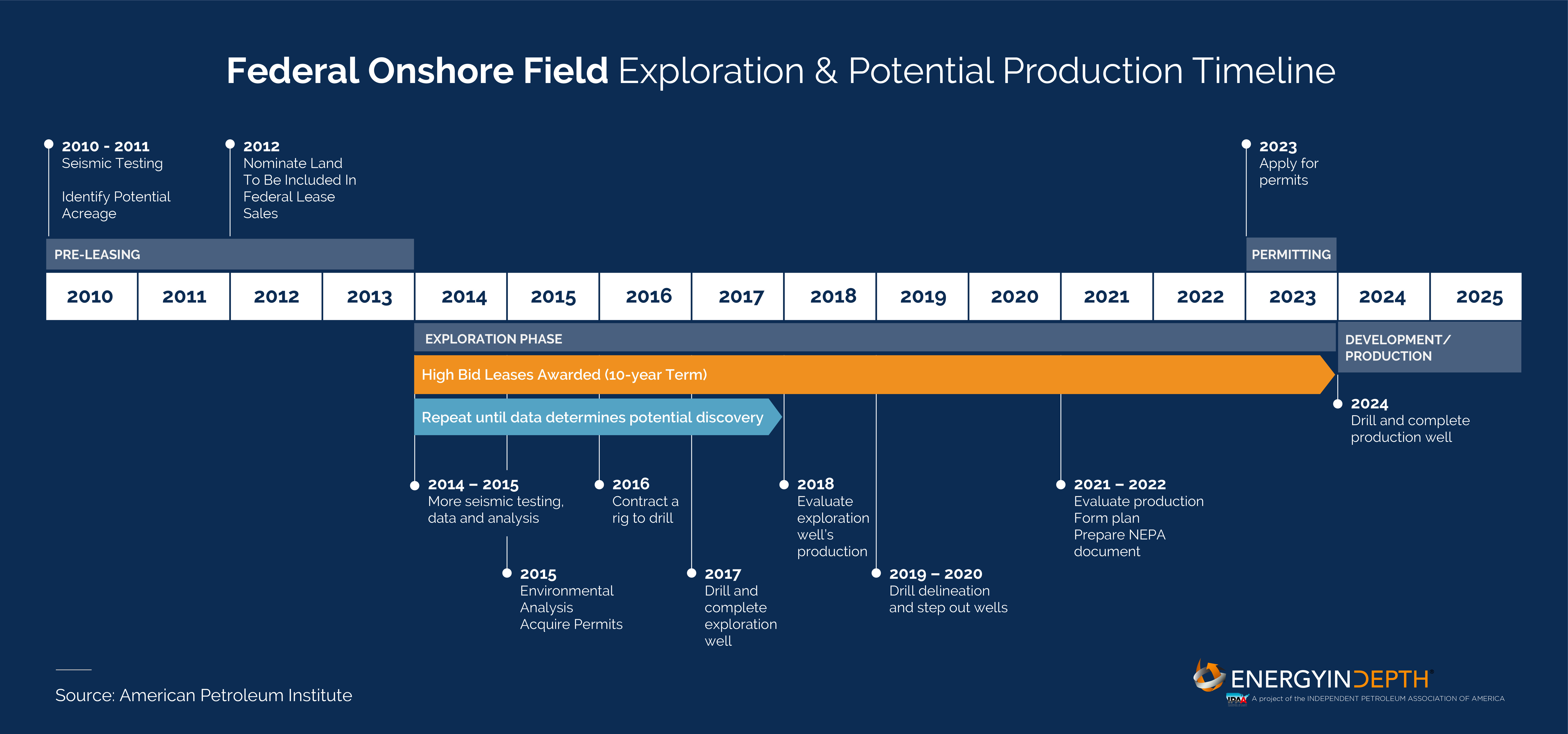Extending the Department of the Interior’s ban on onshore oil and gas leasing will provide limited benefits to the Biden Administration’s climate goals, according to testimonies given during the U.S. Senate Energy and Natural Resources Committee hearing on Tuesday.
Sen. Joe Manchin (D-WV) opened the hearing by expressing hope that the committee will find a solution best suited to reduce methane venting and flaring on federal lands. While witnesses agreed with him about the importance of reducing emissions, there were many, including Kathleen Sgamma, president of the Western Energy Alliance, who argued that a pause on federal lands leasing is not the correct approach when federal land development is “less carbon intensive than the amount of production would indicate.” Sgamma explained:
“While oil and natural gas from federal lands and waters account for about 22 percent and 12.1 percent, respectively, of U.S. production, their production and consumption together contribute only 7 percent of U.S. greenhouse gas emissions. The GHG emissions from all extraction activities on federal lands and waters account for just 0.6 percent of U.S. GHGs, far from the “nearly a quarter” claimed by the administration as justification for the leasing ban.”
When it comes to energy development, the United States has some of the world’s most rigorous environmental policies, and the industry continues to strive to do even better. As Sgamma stated:
“Through the relentless pursuit of better and more efficient technologies, the industry has significantly reduced methane emissions from the production and transmission of oil and natural gas by 23 percent since 1990 even while increasing natural gas production by 71 percent. Fuel switching to natural gas in the electricity sector is the primary reason the United States has reduced more GHG emissions than any other country since 2000.”
Let’s Talk About Leasing
The media and policymakers continue to argue that an existing, perceived “stockpiling” of leases justifies the pause in holding new lease sales. But as Vicki Hollub, president and CEO of Occidental Petroleum, explained this assumption is riddled with misconceptions about what occurs between purchasing a lease and bringing wells to production:
“From the time we get a lease to the time we can get in producing and maximizing values, anywhere from three to four years. The reason for that is the subsurface work that’s required. Doing development on federal acreage the way I’m talking about will not only recover more of the subsurface hydrocarbons but will do so in a more efficient way that maximizes value and also diminishes our footprint and gives the opportunity to design a development with a lower number of vessels because we need to minimize the leakpoints to minimize emissions.”

Governor Mark Gordon (R-WY) presented a similar testimony to the committee:
“When you add the time necessary for environmental reviews and surface use agreements it is often years and the holding of many leases before the actual exploration can begin. Quarterly lease sales allow companies to keep working towards completing their development plans. A pause on leasing can set back development for years.”
Gov. Gordon also shared his concerns about the economic impact the pause could have on his state and others:
“Oil and gas production from Federal land and mineral acreage is vital to our state and national economy…Total energy related revenues from public lands in Wyoming generated $457 million last fiscal year for Wyoming. That income is our largest source of revenue for schools and other essential government programs.”
This year, states like Wyoming have been unable to reap any benefits from federal oil and gas leases due to the Interior’s leasing pause. Many government officials and energy executives fear the pause may never end and are standing by to work alongside the administration to find a solution to reduce methane emissions that involves a continuation of federal land development.
This post appeared first on Energy In Depth.
